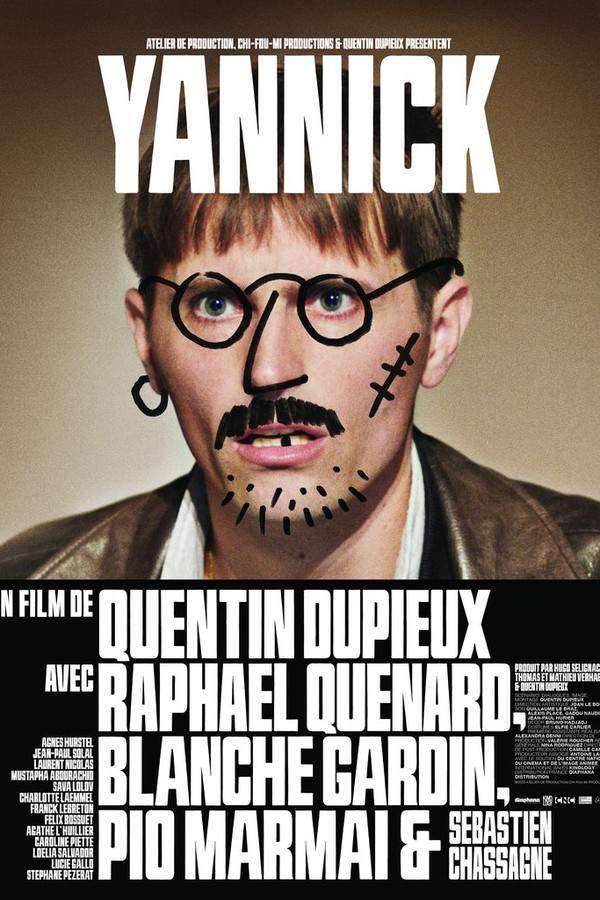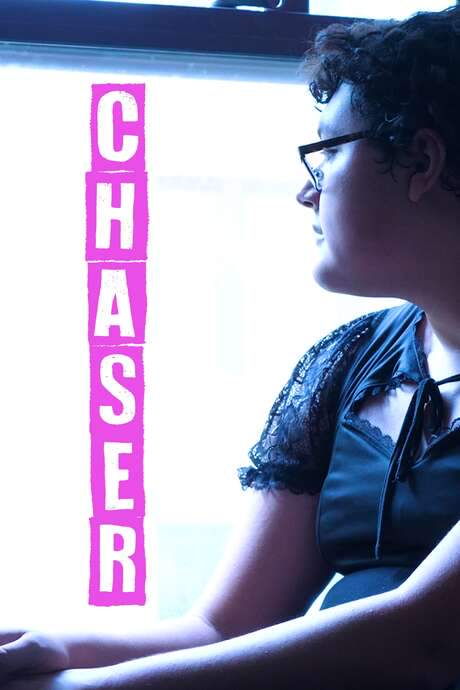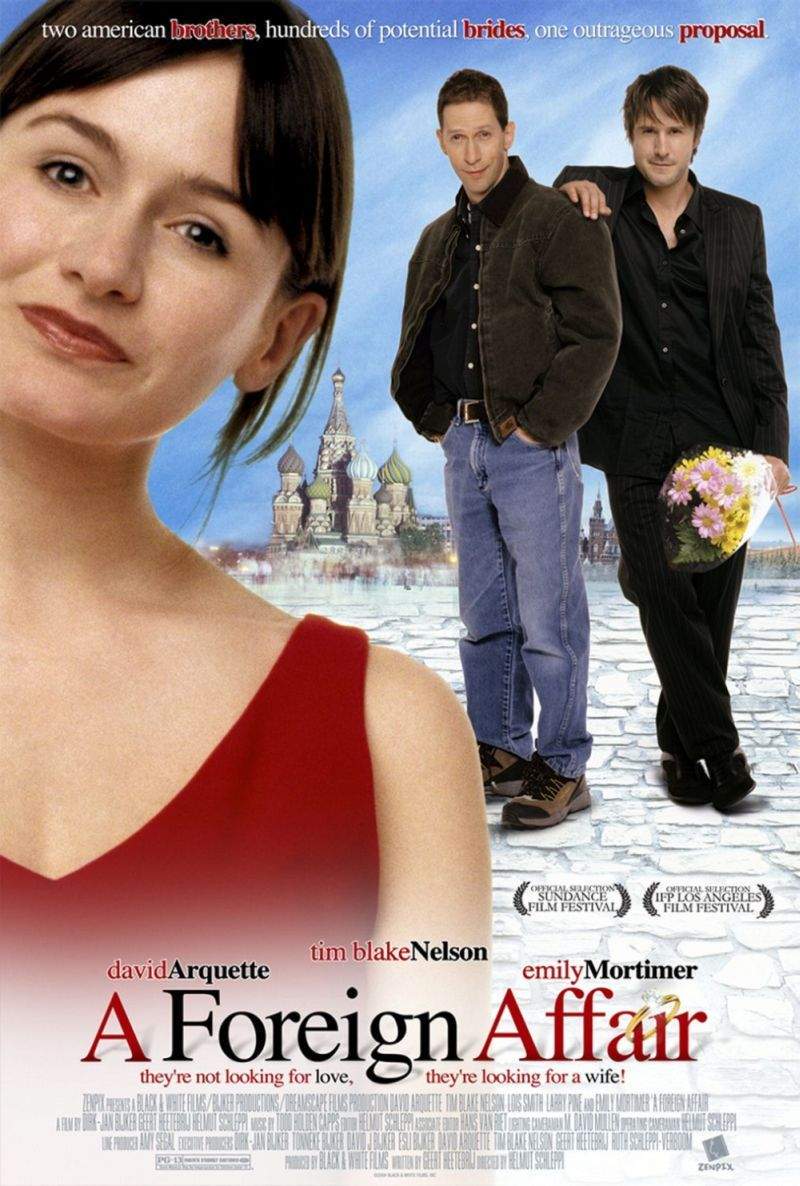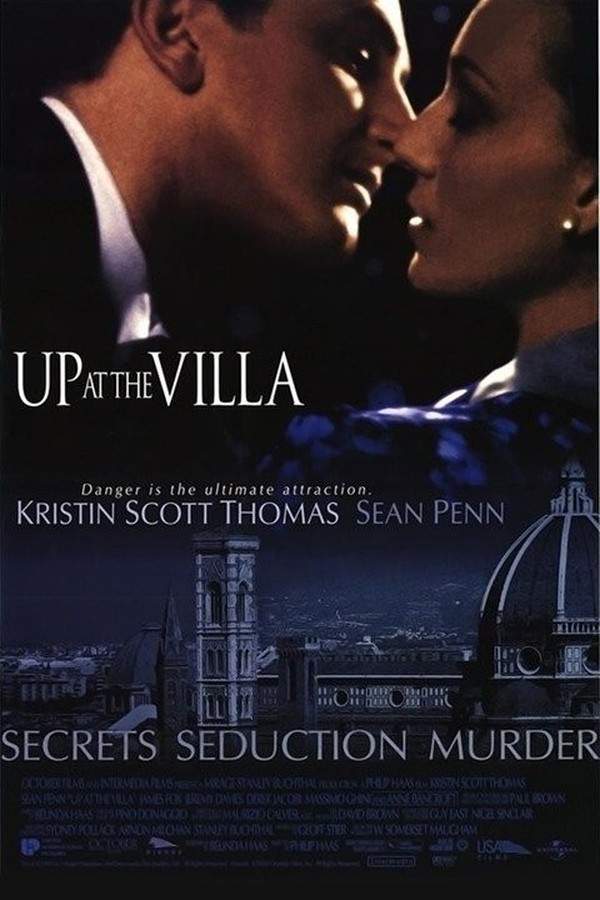
Confessing to Laura
Year: 1990
Runtime: 90 mins
Language: Spanish
Director: Jaime Osorio Gómez
Set in Colombia on April 9, 1948, amid the Bogotazo, the film follows Laura, a spinster schoolteacher, and her housemates Josefina and Santiago, a public employee. Over a 24‑hour stretch they endure sniper fire and unrest, forcing each to confront who they truly are and the love they cannot pursue because of the political chaos.
Warning: spoilers below!
Haven’t seen Confessing to Laura yet? This summary contains major spoilers. Bookmark the page, watch the movie, and come back for the full breakdown. If you're ready, scroll on and relive the story!
Confessing to Laura (1990) – Full Plot Summary & Ending Explained
Read the complete plot breakdown of Confessing to Laura (1990), including all key story events, major twists, and the ending explained in detail. Discover what really happened—and what it all means.
Newsreel footage opens the film with a stark image: Colombian presidential candidate Jorge Eliécer Gaitán addressing a large crowd, a moment that abruptly shatters with his assassination on April 9, 1948. What follows is a city-wide eruption of emotion, a riot that spirals into uncontrollable fury, with vehicles set ablaze, buildings torched, and crowds spilling into the streets of Bogotá. The chaos paints the skyline in smoke and fear, as sirens wail and the mood swings from shock to raw, unrestrained anger.
In the midst of this upheaval, Santiago Franco, Gustavo Londoño as Santiago Franco, a seasoned government employee, finds his way back to his downtown Bogotá apartment. His wife, Josefina, is unfazed by the danger and is focused on a neighbor’s birthday—she has baked a cake for Laura, their neighbor who lives across the hall. Laura, a spinster schoolteacher, sits across from them, a calm presence trying to keep life ordinary amid the upheaval. Laura is introduced through the family’s routine, and the tension between duty and emotion threads through the scene. Josefina’s stern wit and need for control clash with the mounting anxiety around them; she instructs Santiago to go across the street and deliver the cake, insisting, with sudden practicality, that he should respond to the moment rather than ignore it.
The moment they cross paths with Laura is charged. A loud explosion shakes the hall as Santiago reaches Laura’s door, and the cake is nearly destroyed in the blast. Laura helps him to his feet, and soon after, Josefina calls to urge Santiago to return immediately as the riots reach their neighborhood. Laura warns him of the danger, but he clings to his wife’s insistence that things aren’t as perilous as they seem. In a quiet exchange that reveals their different temperaments, Laura asks, “How does she know?” but Santiago chooses to trust his wife’s assessment and guides Laura back toward his apartment.
As gunfire erupts on the streets and snipers pick at the rooftops, the two shelter together. They sit with the sounds of chaos outside, Laura nervous but thoughtful, while Santiago tries to ease her fear by offering lemon balm tea. To pass the time, they play cards and swap tango tunes, and Santiago, a good singer, breathes the melodies of Carlos Gardel into the room, turning fear into a shared, intimate moment. In this fragile shelter, Laura proves to be a confidant who listens and allows Santiago to speak honestly for the first time in years. She brings out in him a different side, one that values empathy and connection over propriety and restraint. Their conversation becomes a doorway to something neither expected—a genuine partnership that begins to erode the pretensions each has carried for so long.
As the night deepens, their bond grows into something more intimate. They share a private, mutual understanding that neither is the person the other thought they were—the spinster and the dutiful office worker, both living under the weight of appearances. The danger outside feels distant compared to the danger of living a life that doesn’t fit who they truly are. The moment culminates in a quiet, intense connection, and the two eventually find their way through the back of Laura’s building, stepping into a life that could be different from the one they’ve always known.
By morning, Bogotá has begun to calm, and the city’s mood shifts back toward a fragile normalcy. Josefina, convinced that her husband has perished, arrives at Laura’s apartment in tears, seeking news and a sense of closure. Laura embraces the distraught wife, offering shelter and a fragile bridge between past loyalties and the uncertain future that awaits them all. The film closes on a note of unresolved longing and the dawning realization that the streets may quiet, but the lives of these two people—Santiago and Laura—now belong to a new, uncharted life that has begun to bloom in the midst of chaos.
Last Updated: October 09, 2025 at 15:03
Explore Movie Threads
Discover curated groups of movies connected by mood, themes, and story style. Browse collections built around emotion, atmosphere, and narrative focus to easily find films that match what you feel like watching right now.
Movies about chaos and confinement like Confessing to Laura
Personal relationships unfold while the outside world collapses into violence.If you liked the intimate tension of Confessing to Laura, explore similar movies where personal dramas are heightened by surrounding political or social chaos. These stories often feature characters trapped together, forging unexpected bonds while the world outside falls apart.
Narrative Summary
These stories typically isolate a small group of characters—often strangers or acquaintances—during a major external event like a war, revolution, or disaster. The narrative unfolds in a confined setting, where the characters' hidden truths, desires, and fears are forced to the surface by the shared threat, leading to profound personal change.
Why These Movies?
Movies in this thread share a core structure: a microcosm of human drama set against a macrocosm of societal upheaval. They are grouped by their unique blend of high-stakes external tension and slow-burn internal character development, creating a specific, powerful viewing experience.
Movies about romance during crisis like Confessing to Laura
Unexpected love stories that ignite in the heat of danger and uncertainty.Find more movies like Confessing to Laura, where a forbidden or unexpected romance develops rapidly under the extreme pressure of political violence or social unrest. These stories explore love as a form of hope and rebellion in a broken world.
Narrative Summary
The narrative follows characters who, facing imminent danger and societal breakdown, let down their guards and form a deep, rapid emotional connection. The urgency of their situation accelerates intimacy, forcing them to confront their true desires. The romance is typically fraught with external obstacles and internal conflict, leading to a conclusion that is hopeful yet uncertain.
Why These Movies?
These films are grouped by their central theme of love as a transformative force in extreme circumstances. They share a specific emotional journey: the discovery of profound connection and hope in the midst of despair, creating a powerful and bittersweet viewing experience.
Unlock the Full Story of Confessing to Laura
Don't stop at just watching — explore Confessing to Laura in full detail. From the complete plot summary and scene-by-scene timeline to character breakdowns, thematic analysis, and a deep dive into the ending — every page helps you truly understand what Confessing to Laura is all about. Plus, discover what's next after the movie.
Confessing to Laura Timeline
Track the full timeline of Confessing to Laura with every major event arranged chronologically. Perfect for decoding non-linear storytelling, flashbacks, or parallel narratives with a clear scene-by-scene breakdown.

Characters, Settings & Themes in Confessing to Laura
Discover the characters, locations, and core themes that shape Confessing to Laura. Get insights into symbolic elements, setting significance, and deeper narrative meaning — ideal for thematic analysis and movie breakdowns.

More About Confessing to Laura
Visit What's After the Movie to explore more about Confessing to Laura: box office results, cast and crew info, production details, post-credit scenes, and external links — all in one place for movie fans and researchers.






























